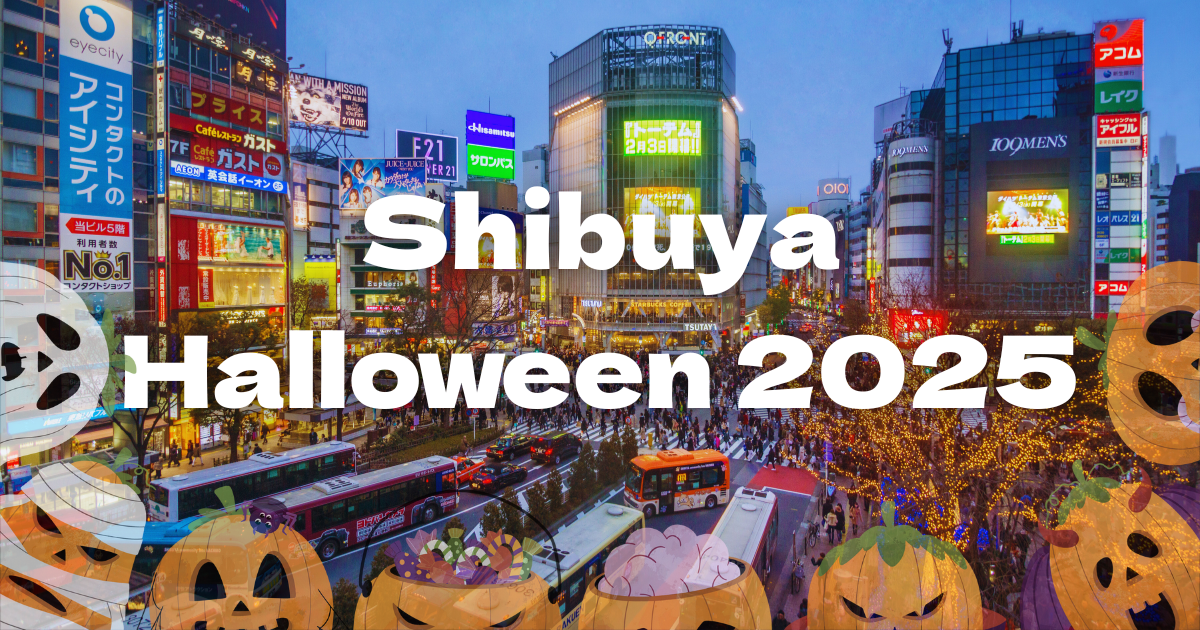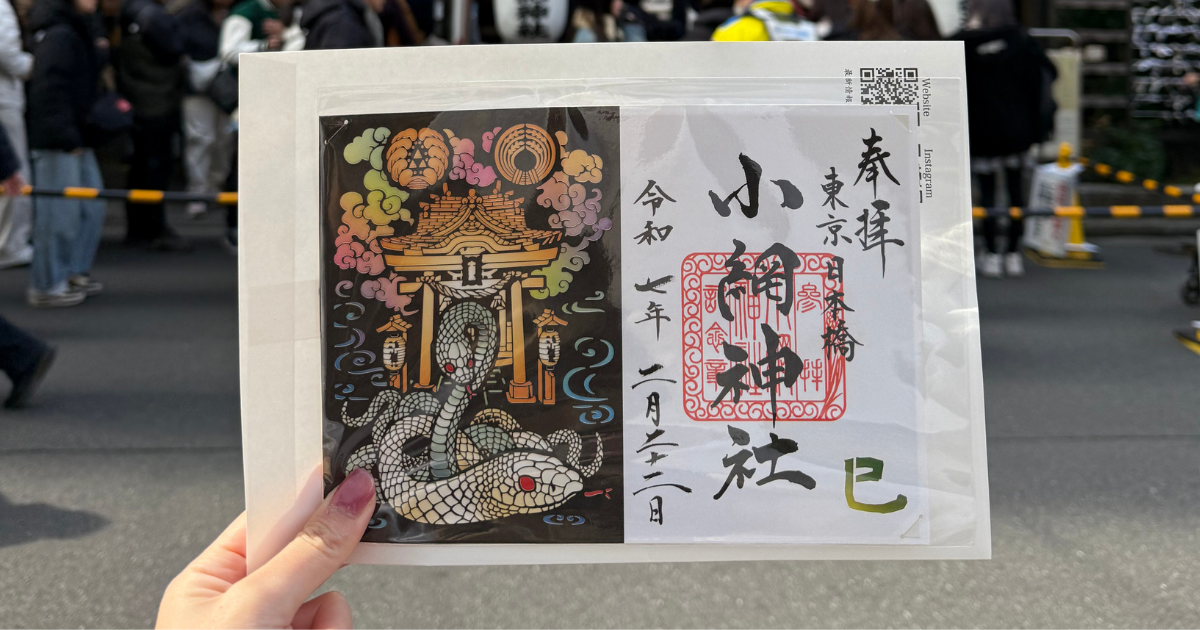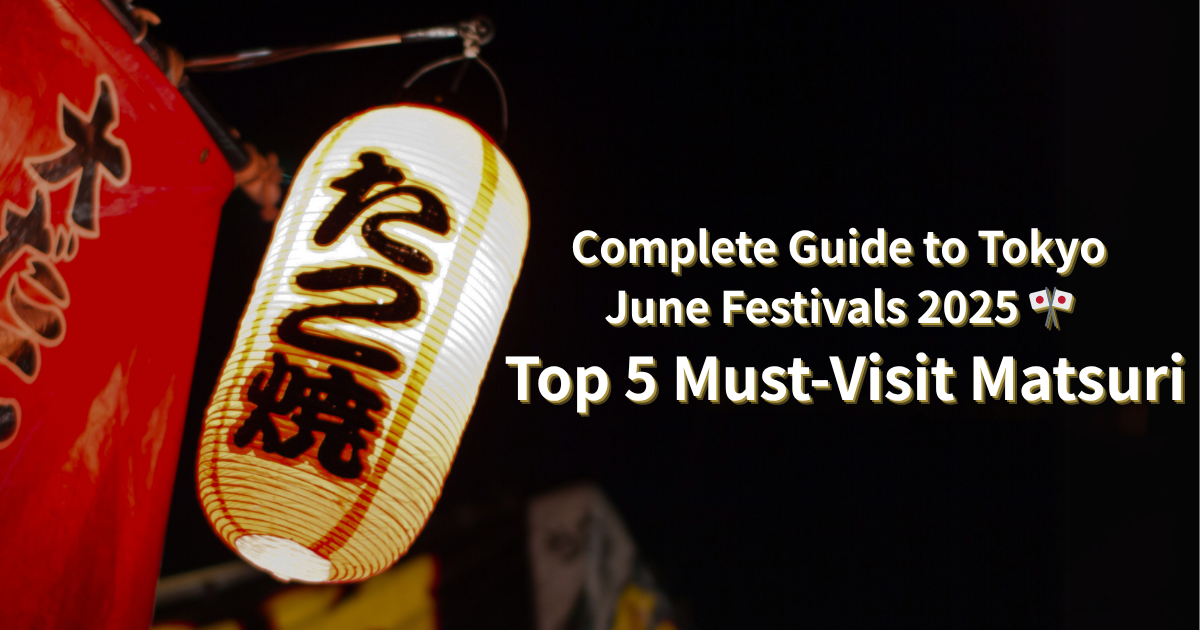NEWS BLOG
![]()
![]()
Tokyo Tower: The Axis of Urban Legends
October 23, 2025
Every city has a spiritual axis, where prayer, memory, and sorrow quietly converge.
For Tokyo, that axis may well be the Tower. Completed in 1958, Tokyo Tower was a declaration that Japan had risen again from the ashes of war. Painted in international orange and white, its frame mirrored the optimism of a new era. Yet beneath that brightness runs a persistent shadow. Locals whisper that its foundations rest on unsettled ground, that its metal carries karmic residue from weapons reforged into peace. To look at it, then, is to see not just Tokyo’s skyline but Tokyo’s past and future.
What to Look For
1. The Steel of War
One of the most enduring urban legends claims that Tokyo Tower was built from recycled tanks and artillery used during the Korean War. Though historians debate this, the idea itself is revealing. It reflects the postwar psyche: the desire to turn destruction into creation. Whether literal or not, the tower’s steel became a symbolic act of purification: metal once meant for death now transmitting images of life across the nation.
2. Spirits Beneath the Tower
The tower stands near Zōjō-ji Temple, once a major Tokugawa family temple with thousands of graves. When the tower’s foundation was laid, stories arose that workers unearthed ancient remains. Some even disturbed memorial stones. Locals began to speak of faint cries beneath the ground or lights flickering without cause. To the Japanese mind steeped in respect for the other world, this was a reminder that the living and dead coexist in this world of ours. The tower became another monument to this fact.
3. The Flickering Lights
Many visitors notice that Tokyo Tower’s lights subtly change tone throughout the night. Engineers attribute this to temperature and voltage. Yet, for decades, people have whispered that these shifts mirror the emotions of the city. Bright when joyous, dim when grieving. After disasters, some even swear the tower’s glow turns softer, almost mournful. In that sense, Tokyo Tower acts as a living barometer of the city’s mood, rendered in light.
4. The Ghost Signal
A story from the 1970s claims that late-night radio operators once picked up strange voices through the tower’s transmission lines, of whispers speaking in obsolete Japanese or fragmented prayers. No record confirms this, but the idea persists online. In a metropolis that never sleeps, it’s not hard to believe that stray signals (or stray souls) drift through the ether.
Practical Notes
Where
Tokyo Tower, 4 Chome-2-8 Shibakoen, Minato City, Tokyo
Nearest Temple
Zōjō-ji Temple (5-minute walk), a key site in Edo history and home to Tokugawa graves.
Access
JR Hamamatsuchō Station or Toei Subway Onarimon/Akabanebashi Station. Around 15 minutes from Tokyo Station.
Hours
9:00 AM – 10:30 PM (Main Deck); 9:00 AM – 10:15 PM (Top Deck).
Admission
Main Deck ¥1,200 / Top Deck ¥3,000.
Best Time
Early evening, when the tower lights awaken.
TABIBIYORI Tip
Visit Zōjō-ji before dusk, walk through the temple’s silent grounds, then turn around and see Tokyo Tower rising behind the gate. The view is magnificent.
Conclusion
Tokyo Tower is a reliquary of memory. It is a structure built from hopes, shadows, and signals. Beneath its brightness lie the prayers of a nation reborn, the whispers of the past, and the quiet hum of the city’s restless soul. Every flicker of its light recalls the tension between purity and impurity, between the sacred and the modern. To stand beneath it is to feel both the weight of history and the lightness of redemption.
If you liked this article,
give it a like!
-

"Beyond Tsukiji!? The Grilled Fish Delight at Shinpachi Shokudo
No need to travel all the way to Tsukiji or...
-

Halloween in Shibuya: What to Know, What to Avoid, and How to Enjoy It
You’ve heard of it. We’ve heard of it. Everyone has...
-

Washing Money
目次 1. Have You Ever Tried Washing Money at a...
-

🌸 How to Book a Tour with TABIBIYORI – An Easy 3-Step Guide!
目次 📲 Contact Us via Your Preferred Messaging App or...
-

Tokyo Comes Alive in June! Don’t Miss These 5 Matsuri
目次 1. Torigoe Matsuri2. Free Geisha Dances (Ozashiki Odori) in...
-

Washing Money
目次 1. Have You Ever Tried Washing Money at a...
-

Food Culture and Specialties at Tsukiji Market!
Tsukiji, known as Tokyo’s good culture center, is a treasure...
-

Toyosu Market – The New Food Capital of Tokyo
Toyosu Market is Tokyo’s new central wholesale market, relocated from...
-

5 Unique Museums That You Can Find in Tokyo
Tokyo is home to some of the most prestigious museums...
-

5 Things to Watch Out For When Visiting Japan in the Summer
Japan is well-known for its four seasons. Spring is pleasant...

